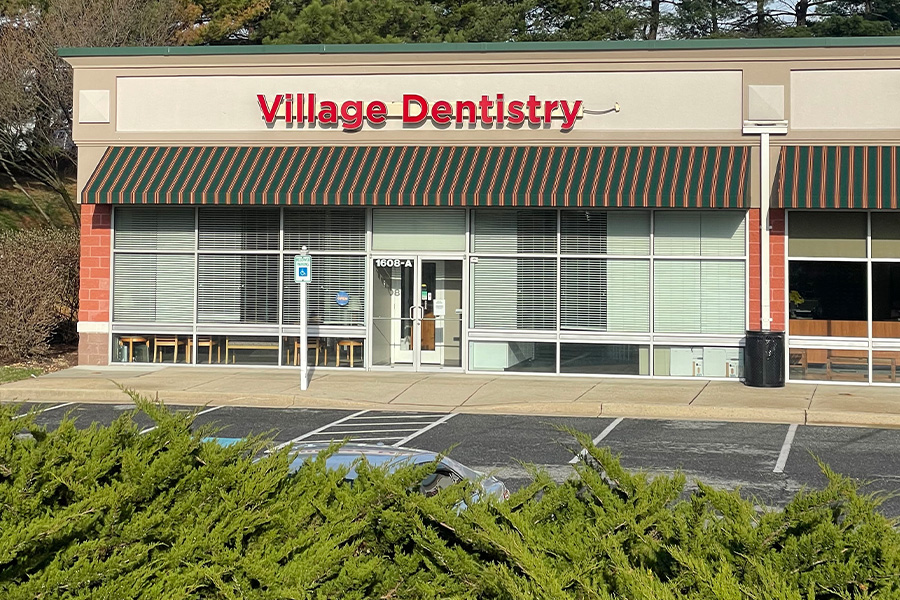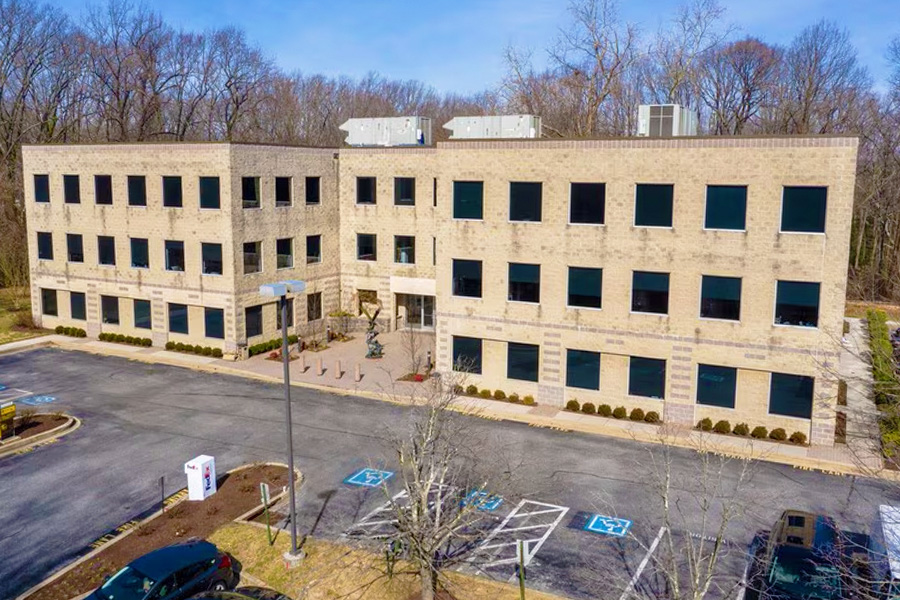Prompt Emergency Dental Care
Urgent, expert care when you need it the most.
When a dental emergency strikes, it brings more than just physical pain—it comes with fear, uncertainty, and the overwhelming need for immediate relief. Whether it’s a sudden, throbbing toothache, a broken tooth from an accident, or an infection that has rapidly worsened, the moments following a dental emergency can feel chaotic. But in those moments, you are not alone.
At BITE Dental Center, we specialize in providing fast, expert, and compassionate emergency dental care. Our team understands the shock and urgency that comes with dental trauma, and we are committed to getting you out of pain quickly, safely, and with the highest standard of care. From advanced laser treatments for painless intervention to sedation options for those who need extra comfort, we use every tool at our disposal to restore your oral health as efficiently and effectively as possible. You deserve more than just emergency treatment—you deserve the best possible care when it matters most.
Immediate steps during a dental emergency.
Stay calm. Act quickly. Seek professional care.
A dental emergency can feel overwhelming, but taking the right steps in the critical moments before reaching a dentist can make all the difference. Below are essential first-aid measures based on common dental emergencies. Following these guidelines can help reduce pain, prevent further damage, and improve treatment outcomes.
- Wear gloves to prevent infection.
- Place a clean, folded gauze pad, cloth, or paper towel over the site and apply gentle but firm pressure.
- If bleeding persists beyond 15 minutes, seek emergency dental care immediately.
- Locate the tooth and handle it only by the crown (the white, visible part). Avoid touching the root.
- If the tooth is dirty, rinse gently with water—do not scrub or use soap.
- Try to reinsert the tooth into the socket, ensuring it is positioned correctly. Have the patient bite down on clean gauze or cloth to hold it in place.
- If the tooth cannot be reinserted:
- Place it in a cup of fresh milk, saline solution, or the patient’s saliva to keep it moist.
- Do not store it in water unless no other option is available.
- Never wrap the tooth in tissue or gauze—this can dry out the root and reduce the chances of successful reimplantation.
- Seek emergency dental care immediately.
- If the tooth has been pushed deeper into the socket, control the bleeding and leave it untouched—attempting to reposition it may cause further damage.
- If the tooth is loose but not pushed up, gently guide it back to its original position using gloved hands.
- Apply a cold compress on the outside of the face to reduce swelling.
- Visit the dentist immediately for stabilization and further treatment.
- Control bleeding by applying gentle pressure with gauze.
- Rinse the mouth with warm water to clean any dirt from the injured area.
- Apply a cold compress to the outside of the affected area to reduce swelling and pain.
- If possible, wrap the broken tooth fragment in wet gauze or store it in milk and bring it to the dentist.
- Seek emergency dental care immediately.
- Do not attempt to move the jaw back into place.
- Apply a cold compress to reduce swelling.
- Head to the nearest hospital emergency room or contact an oral surgeon immediately.
- Rinse your mouth vigorously with warm salt water to help dislodge any food particles.
- Gently brush and floss around the affected area to ensure it’s clean.
- Do not place aspirin directly on the tooth or gums—this can cause a chemical burn to the tissue.
- Apply a cold compress to the outside of the cheek if there is swelling. Use 10 minutes on and 5 minutes off cycles.
- Avoid heat or chewing pressure on the affected side until treated.
- Schedule an emergency dental visit immediately—an untreated abscess can lead to serious complications.
- Rinse your mouth gently but thoroughly with warm water.
- Apply gentle pressure with a tea bag or sterile gauze for at least 15 minutes.
- If swelling or bruising is present, apply a cold compress to the outside of the affected area.
- If bleeding does not stop within 15 minutes, seek emergency care at a dentist or hospital.
- Place sterile gauze over the extraction site and have the patient bite down firmly for 30 minutes.
- Ensure the gauze keeps the top and bottom teeth slightly apart to avoid unnecessary pressure.
- If bleeding persists despite pressure, seek immediate emergency dental or hospital care.
When to seek emergency care immediately
Call a dentist or head to an emergency room immediately if you experience:
Severe bleeding that does not stop after applying pressure.
Swelling that affects breathing or swallowing.
A knocked-out tooth—every minute counts.
A broken jaw or facial trauma.
Severe pain that is worsening, not improving.
When an emergency happens, you need a team you can rely on. At BITE Dental Center, we offer comprehensive emergency dentistry, advanced laser treatments, sedation options, and precision-driven care—ensuring that you receive the best possible treatment, fast. Call (410) 888-BITE for immediate assistance.



